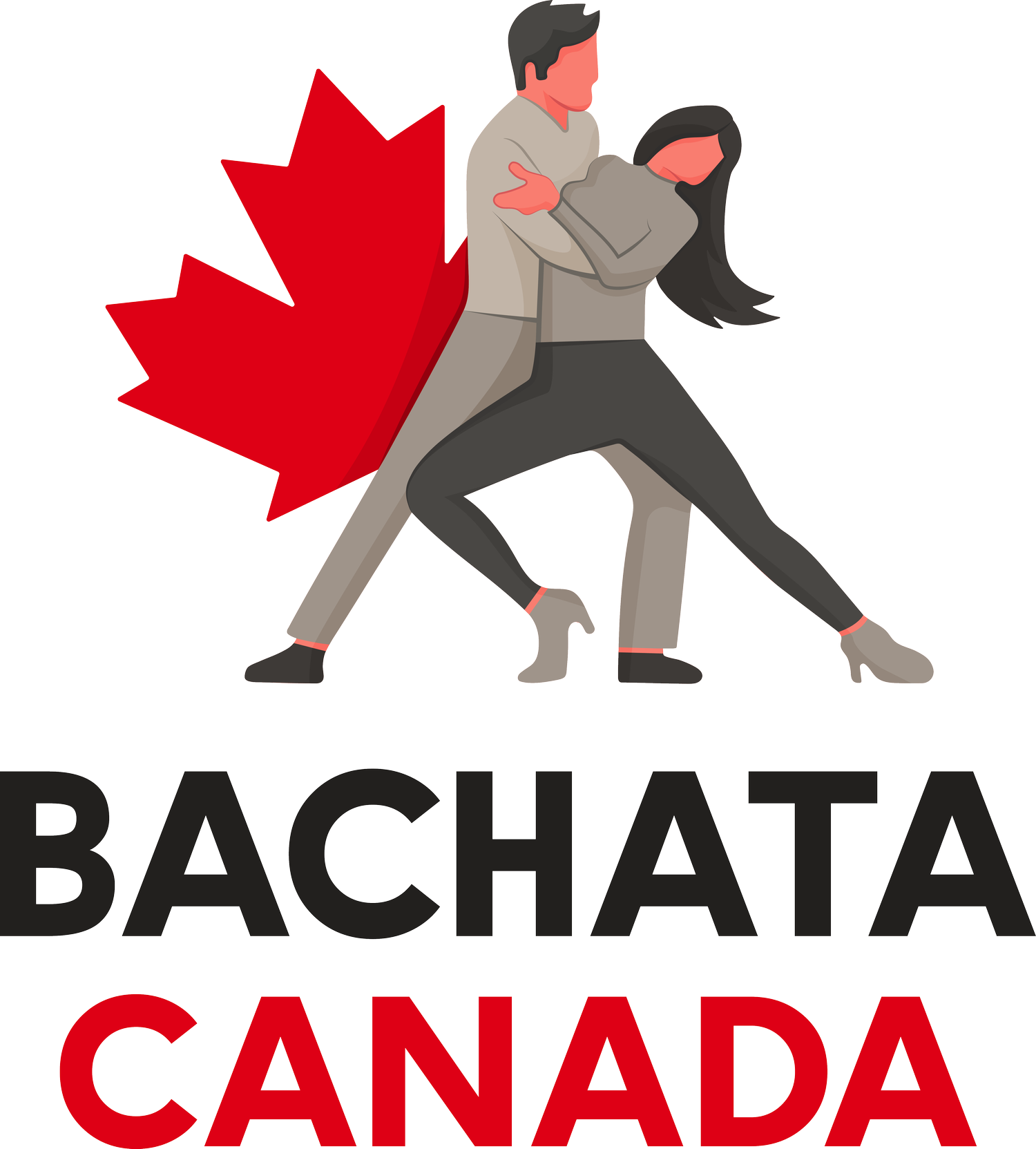The Origins of Bachata
Bachata is a sensual and romantic dance form that originated in the Dominican Republic in the 1960s. While it may not be as well-known as salsa or merengue, it has gained popularity in recent years, and many people around the world now appreciate its unique style and grace.
Bachata emerged in the Dominican Republic during a time of political upheaval and social change. In the 1960s, the country was going through a difficult transition from dictatorship to democracy, and the music and dance that emerged during this period reflected the turmoil and uncertainty of the times.
Bachata music is characterized by its simple and catchy melodies, which are often accompanied by the guitar, bongos, and bass. The lyrics often tell stories of love and heartbreak, and the music is infused with a sense of melancholy and longing.
The dance that emerged alongside bachata music is also characterized by sensuality and emotion. The basic steps involve a series of side-to-side movements, combined with hip movements and close embrace with the partner. The dance has evolved over the years to incorporate more complex footwork, turns, and dips, but the basic style and feel remains the same.
In its early years, bachata was viewed as a lower-class or "folk" dance, and was often associated with the rural areas of the Dominican Republic. However, as the music and dance became more popular, it began to cross over into mainstream culture, and eventually became one of the most popular dance forms in the country.
Bachata and Salsa
Bachata and salsa are both popular Latin dance forms, but they have distinct differences in style and origin. Salsa originated in Cuba in the 1930s and 40s, and was heavily influenced by African rhythms and dance styles. It incorporates elements of mambo, cha-cha-cha, and other Latin dance forms, and is known for its complex footwork, spins, and turns.
In contrast, bachata is a slower and more sensual dance, with a focus on close embrace and hip movements. While the two dance forms share some similarities in terms of footwork and partner work, they are distinct enough to be considered separate styles.
However, there are some areas where the two dance forms overlap. For example, many salsa dancers incorporate bachata-style hip movements into their salsa dancing, and vice versa. Additionally, many salsa clubs and events will also play bachata music, giving dancers a chance to switch up their style and try something new.
Bachata and Merengue
Merengue is another popular Latin dance form that originated in the Dominican Republic. Like bachata, it has a simple and catchy rhythm, and is often accompanied by live music played on instruments such as the accordion, tambora, and güira.
Merengue is characterized by its quick, two-step rhythm, which makes it a high-energy dance that is popular at parties and social events. Unlike bachata, merengue is not typically danced in close embrace, and instead emphasizes quick footwork and solo moves.
Despite these differences, there are still many connections between bachata and merengue. For example, many bachata songs have a merengue-style beat, and many bachata dancers will incorporate merengue-style footwork into their dancing.
The Evolution of Bachata
Over the years, bachata has evolved in many ways, both in terms of its music and its dance style. In the 1990s and early 2000s, a new style of bachata known as "bachata sensual" emerged, which emphasized more complex footwork, turns, and dips. This style is characterized by a more fluid and sensual movement, and is often danced to slower, more romantic songs.
At the same time, bachata music has also evolved to incorporate more modern influences, such as hip hop, R&B, and electronic music. This has helped to bring bachata to a wider audience, and has made it a popular dance form in many parts of the world.
Today, bachata is enjoyed by people of all ages and backgrounds, and is a popular dance form in many countries outside of the Dominican Republic. In Canada, for example, there are many dance schools and clubs dedicated to promoting bachata and other Latin dance forms, and there are regular events and festivals where dancers can come together to share their love of this beautiful and romantic dance.
Bachata is a beautiful and unique dance form that has its roots in the Dominican Republic. While it may not be as well-known as salsa or merengue, it has gained a devoted following around the world, thanks to its sensual and romantic style, and its connection to the rich culture and history of the Dominican Republic.
Whether you are a seasoned dancer or a newcomer to the world of Latin dance, bachata is a dance form that is well worth exploring. So put on your dancing shoes, find a partner, and let the music move you as you explore the rich history and tradition of bachata.

